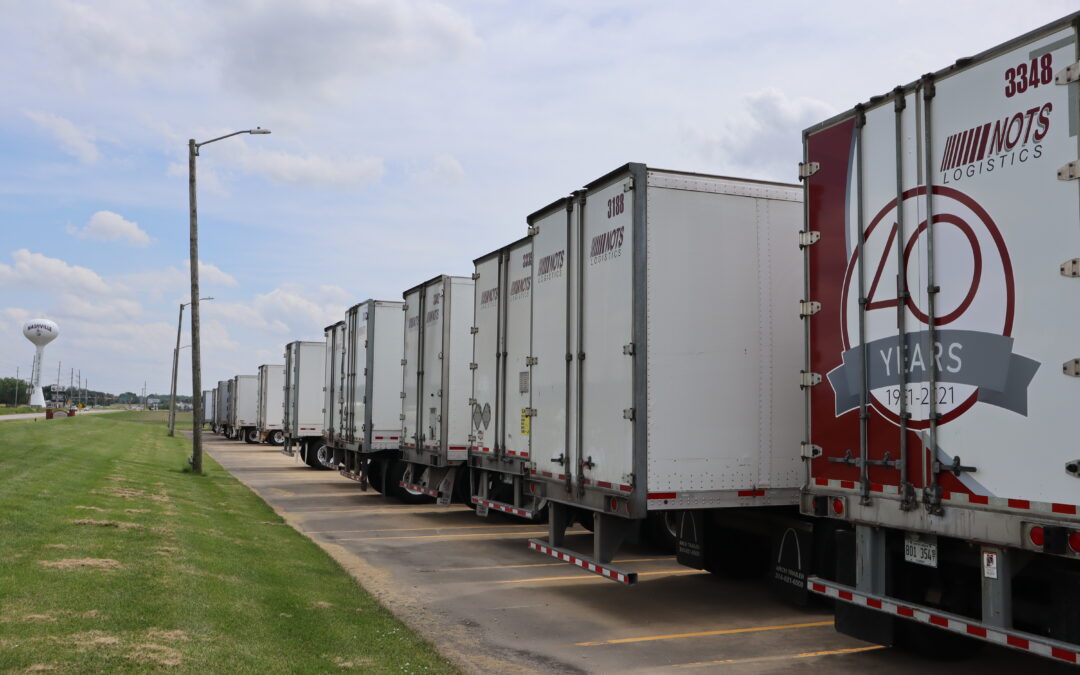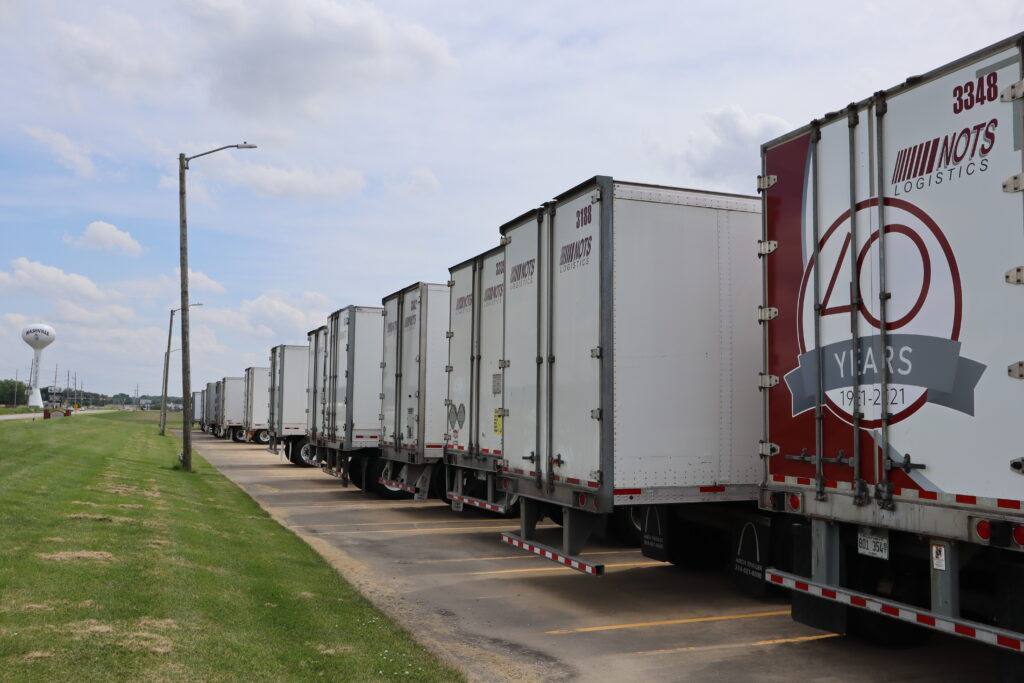Balance Is Key to Riding the Long Wave of Inflation in 2022
Andy Kirchner is the owner and CEO of NOTS Logistics. (this article was recently featured in Industrial Distribution online.)
This year, we are seeing incredible inflation in the cost of doing business. From fossil fuels to containers and labor, virtually all the costs associated with transporting goods are escalating for manufacturers, third-party logistics providers (3PL), and end consumers.
In more than 40 years as a 3PL professional, I have seen this type of cost escalation just one other time: in 2003, during the early days of the war in Iraq. I vividly remember a headline from Transport Topics in Feb. 2003 about how the price of diesel fuel rose $0.40 from just a few months earlier to $1.70 per gallon.
Today’s Inflation Outlook
That was a difficult time, but the rising costs were pretty well isolated to fossil fuels. Today, it goes well beyond the energy market, with core inflation advancing by 5.4% in February, the latest month for which data is available. The picture is much more complex, too; much of the blame for supply-chain logistics pains being put solely on the crisis in Ukraine, but the truth is, it goes much deeper than that.
From the trillions of dollars in federal stimulus dollars distributed in 2020 to the supply bottlenecks caused by waves of COVID-19 infections and labor shortages in in 2021, our current environment has been building for some time. Add to that the world’s, and especially the U.S.’s, efforts to try and move away from our reliance on fossil fuels too quickly, you are left with no clear off-ramp to relief.
Opinions vary on how long the current state of inflation will last. Some suggest we can tamp down rising costs by summer’s end; others think the end of the year is a more reasonable outlook. No matter where you stand, the reality is that we may never go back to “normal” as we knew it. But there are some things we can do to turn challenges into opportunities.
Confronting Challenges, Creating Opportunities
Rather than sitting on our hands and waiting for a “return to normal,” we have to do some serious reflecting on the state of our supply chain.
Nearshoring, or pulling the supply chain closer to the end marketplace, is one viable strategy for combating rising costs. The trend had been building for some years but really accelerated amid the recent challenges as manufacturers seek to reduce their dependency overseas.
Here in the Midwest, we are particularly well positioned to capitalize on this shift in mindset. The pressures of inflation felt here in our home base of Nashville, Illinois, are not as extreme as those in Los Angeles or New York.
With costs rising, businesses cannot afford to carry as much inventory, so the little inventory that is being held should be held closer to the end consumer, where it can be transported more quickly and cheaply. Last year’s extreme shipping logjams underscored the fact that we should not have 40% of the country’s cargo coming into one port in L.A. To mitigate the stress, warehouses are being built everywhere and as fast as they can be constructed.
Pass Along vs Margin Compression
Furthermore, in addressing inflation and rising costs, businesses need to understand which costs can be passed along and which will have to be absorbed with margin compression.
Everyone from drillers to transporters, resellers and consumers are bumping their prices. We are all feeling the pressure of paying our employees more, the higher cost of tires, repair services and dock fixtures. Trying to keep up with inflationary escalations is a losing battle because they are coming fast and furious. Instead, we do our best to stay in line with those as we can, but we have to be value-driven and cost-conscious of our services to deliver a cost-effective model to our customers. Profits are being squeezed because most businesses are unable to raise costs in line with the inputs of energy and human and natural resources.
It is a problem that you can alleviate, but cannot altogether avoid.
Moving Forward
The rising costs of business are very real, and some higher costs, in particular, are here to stay. We know, for example, that once wages go up they tend to stay up. We are not going to go back to pre-pandemic prices anytime soon, so businesses should strap in for the long haul and analyze their costs, shipping networks and supplier relations.
Price hikes cannot continue at this pace forever, but tamping them down will take a lot longer than most people hope or expect, so patience and perseverance will be critical. We do not have to be pessimistic about the environment we find ourselves in. We can alleviate some of the problems by looking to strategic alliances and ways to move goods differently. It is a matter of working smarter while also having patience.
Personally, my family-owned business will to continue to be hyper-aware of the cost of doing business. We will to continue to match our cost of doing business with the cost of our services, while recognizing that margin compression is a reality. By acknowledging these issues will not be solved overnight, companies like ours can find sustainable long-term solutions to the rising costs of doing business.


